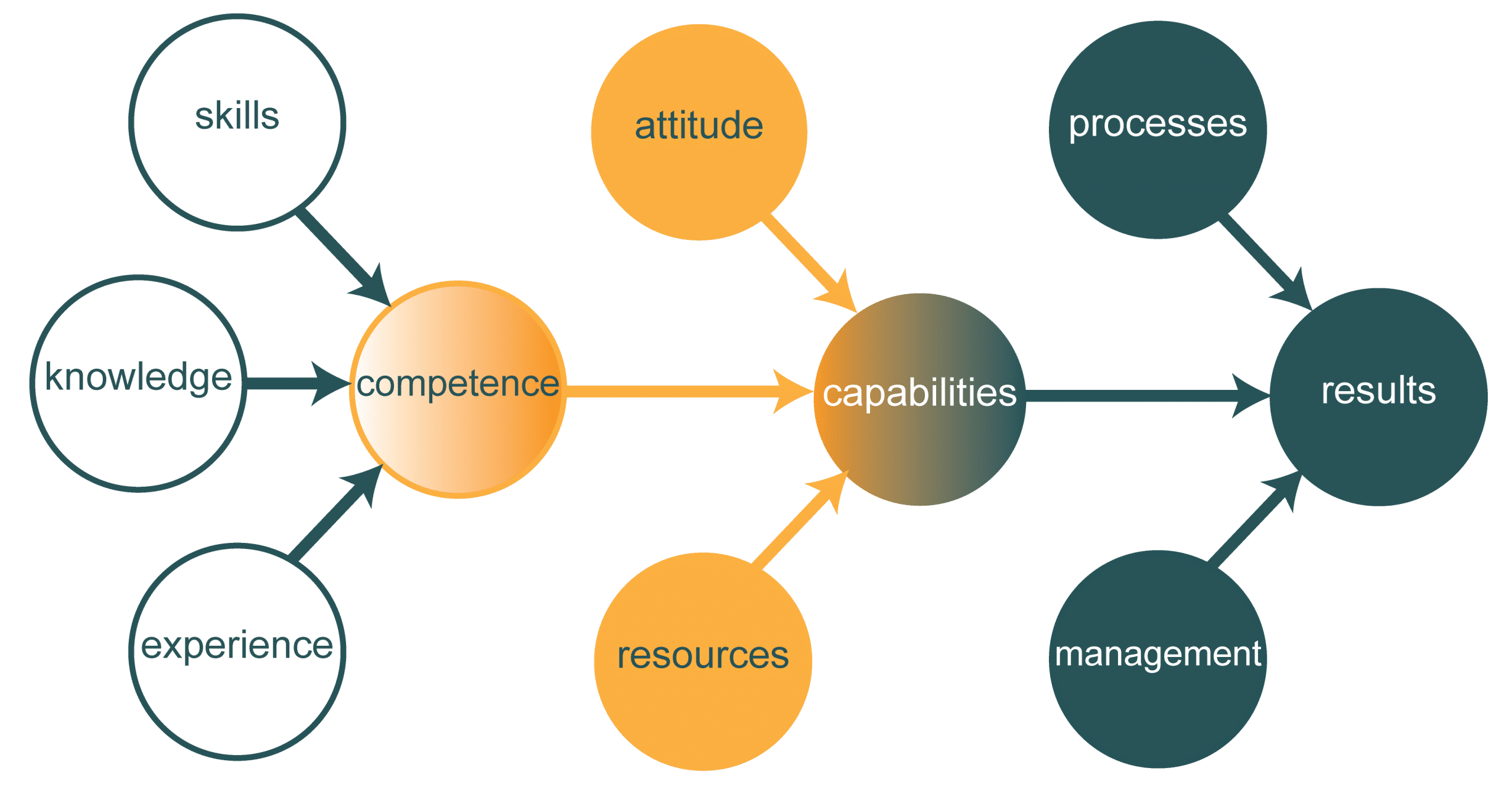
You’ve launched your product. The early planning was good, and at launch, the product appeared to have a good market fit. But, now things have gone awry. 4 common in-life product problems and what to do about them.
Prospects aren’t converting. Paying customers aren’t using your product’s core functionality. Sign-ups are good, but you have a growing number of dormant users.
Sounds familiar? But what are you going to do?
The Leaky Bucket
Instead of a sales funnel that efficiently converts prospects into happy paying customers, your process is more like a leaky bucket.
Interested prospects enter the bucket and hopefully convert to engaged paying customers. But many of them ‘leak out’ for various reasons.
Our challenge as product managers is to find and stop the ‘leaks.’
Four common problems that we see are:
– Existing customers aren’t happy
– Sales channels are ineffective
– It’s difficult for customers to buy
– The product is no longer fit for purpose
Let’s explore each of these and look at some solutions.
Problem 1 — Existing customers aren’t happy

Existing customers aren’t happy
If your customers are leaving, or aren’t using your product, you need to find out why and fix the problems quickly.
The most obvious sign of a problem is an increase in customers leaving—known as customer churn.
Churn is easily measured, but it’s a ‘lagging’ indicator, as you only see it when customers leave. However, the problem usually stems from earlier causes.
NPS and Dormant Customers
While churn rates should be tracked, we suggest tracking both Net Promoter Score (NPS) and the number of dormant customers. These are both ‘leading’ indicators.
A high NPS tells you that customers enjoy your product enough to personally recommend it to others i.e. they’re engaged, happy advocates. Whilst a low NPS tells you that you have low customer engagement—they’re not satisfied and wouldn’t recommend your product.
Dormant customers are those who signed up but aren’t using your product. But why’s this a problem? Well, at some point they’ll wonder why they’re paying for something they don’t use!
So if your NPS is low or declining, or the number of dormant customers is increasing, you need to find out why.
Where do the problems lie and how do we get them resolved?
We‘ve seen 3 common problems that cause customers to turn away from your product:
- The product is unreliable. As a result, people stop using the product or raise lots of issues with the customer support team. To identify this problem, establish product KPIs that capture performance issues. For example, track the number of support issues and their severity. If there’s a growing problem then you might need to fast-track developments or workarounds to improve reliability.
- Customer support isn’t working as well as it should. For example, customer problems are not being resolved or customers are not being kept up to date with what’s happening with their issues. To identify this problem, establish product KPIs that track the age of support issues and their severity. If there is an issue then you (or someone) will need to investigate further to find the root cause. Maybe your customer service team isn’t competent to engage effectively with the customer. Perhaps they lack product knowledge or don’t understand how customers use the product. A good way to start the investigation is to pretend to be a customer and raise issues with the support team. You’ll then be able to check how problems are discussed, managed and resolved. If that doesn’t work then consider working through a cause and effect diagram to understand where the problem lies. When looking at the diagram below, the result we’re experiencing is a poor resolution of customer problems. Potential root causes start on the left side. These might be the competence of the support team, a result of their lack of skills, experience, and knowledge. Or, it might be a poor attitude that impacts how customers get their support or the level of resources that mean customers get poor support. Other root causes might be that the processes don’t work, or management is giving insufficient weight to resolving the problems caused by poor customer support.

Cause and Effect Diagram: Walk through the diagram left to right, to get insights on what’s going wrong.
- The product doesn’t do what customers expected. The product may be mis-sold with its capabilities overhyped or misstated — the product reality doesn’t match the customer promise. Or, it may do what’s expected, but have a terrible user experience, so people avoid using it. A review of your product collateral, or listening to salespeople presenting the product, might uncover if misselling is happening. You need to be sure that your sales channels can properly explain and position your product. Check that all materials communicate what the product does, in a way that makes sense to key customer personas. Uncovering a bad customer experience can come from discussions with customers or surveys to get their feedback.
Problem 2 — Sales channels are ineffective

Pushing a rock uphill
There are many different channels to market. Examples include web, direct sales or indirect sales through distributors, Systems Integrators and Value-added Resellers (VARs).
Challenges vary by channel, but the problems often boil down to focus. That is, is a channel giving insufficient attention to selling your product. Or they may not be able to sell the value of your offer.
Making your product successful can feel like pushing a rock up a hill, with little support from the rest of the organization. If you don’t have the insights needed to work out what’s going wrong, it’s even harder.
But, there are things to look out for, and things you can improve.
Try exploring these questions first:
Can customers easily find your product online? This is a volume game – can you get enough of the right type of people to find your product on the web. This might mean improvements to SEO, targeted online ads, high-quality giveaways such as infographics or email nurturing programs.
Is your product appealing? You’ll need to know who is likely to be buying your product, and what they’re interested in. Then you can talk about your product in a way that’s appealing to the buyer. Does your website talk to the different buyer and user personas with information that’s relevant and valued by them?
Are you credible? If your product isn’t a trivial purchase, then buyers will be concerned with your credibility. Do you have evidence that you’re to be trusted? Good examples include video or written testimonials, money-back guarantees, and case studies.
Are you easy to buy from? Typically, 1 to 2% of web visitors drop off for every extra click in a purchase journey. Your challenge is to shorten and simplify the buying process. Think about the minimum information you need from buyers, versus ‘nice to have’ information that you could discover later.
If you have salespeople, consider the following:
- Are sales selling the value? The sales team might not understand the product, so its value isn’t being properly delivered during sales pitches. Or the capacity of the team might be limited, with too few salespeople having the skills to sell the product. One good approach is to offer a certification for the sales team, to check they’re able to sell the value of your propositions. If this isn’t an option, listen to key salespeople present your proposition to you, or to a customer, to see if there are any improvements you can recommend to them. Or you could focus your efforts on improving the skills of a small number of sales or pre-sales ‘champions’ to lead pitches. You can also give crib sheets or battle cards, as part of your sales education. This lets sales teams quickly check key features, benefits, and arguments on why you’re better than the competition.
- Are the sales team focused on your product? The sales team can sometimes focus on other products they perceive as having a higher value, or that are ‘easier’ for them to sell. Sometimes, it’s better to work alongside the team, providing more direct support to close some sales, which demonstrates that it is possible to sell your product. A focussed marketing program, a change to the way you pay commission, or improved positioning of the product on a website can also turn things around.
Problem 3 — It’s difficult for customers to buy

Frustrated man
Sometimes it’s tough for customers to make the decision to buy your product – your sales channels are working, but sales are still lagging behind expectations. What’s wrong?
You need to look at all elements of your proposition to see where the problems lie.
There are many potential problems but some of the more commons ones include:
- The payment model isn’t right for your customers. Your payment model might not fit with the way they want to buy. To make the buying process simpler or less painful, consider revising your payment model. Is it right for your market? Could you change it to licensing/Capex/SaaS? Ensure you match the right system to your market’s needs.
- Complex terms and conditions. The Terms & Conditions might be putting off customers, by demanding too much commitment. Can you introduce some flexibility into your T&Cs — e.g. allowing customers to exit a contract with minimal penalties, or after a shorter time period?
- Painful deployment. The deployment of a product can often add to its perceived cost. For example, if it takes too long to deploy. Or it’s so painful to integrate, customers struggle to justify the cost and effort. If it takes too long to deploy your product, examine the processes you use. See where you can streamline, so it impacts your customer’s business less. You can also work with customers, to better understand their technical environment and processes. Think about changes to your product, to make customers successful quickly.
Problem 4 — The product is no longer fit for purpose

Square peg in a round hole
Although there are many reasons for poor product fit, it’s often due to a slow reaction to market changes. Perhaps competitors have done something different, that’s attracted customers — and your product is no longer seen as good enough. Maybe market trends have left you behind, as regulations or technical demands have changed. Sometimes customers change their behavior, processes or priorities, making your product obsolete.
How to get your product back on track
The first thing to do is to reconnect with your market, to understand the problem:
- Look at the outcomes your product helps customers achieve – are they still relevant?
- How well does your product perform, compared to your competition?
- If customers use alternate solutions, then find out what they’re using and why.
- Are there other changes in the market, to which you need to respond?
Target the steps you need to take, to make your product relevant again. This might mean a marketing effort to re-position your product. Or it could be process changes to better align with customers’ requirements or even development work. Set out a new road map to achieve these goals.
You might be able to change things quickly and at low-cost. Or you might have a challenging task, justifying why significant business investment is needed.
Write a business justification, to persuade stakeholders to invest in product or service improvements. Set out several scenarios. The ‘do nothing’ scenario typically shows the commercial situation deteriorating further, whilst one or two other scenarios provide options for improvement.
Once you’ve agreed on a way forward, roll out new sales and marketing initiatives to sell the updated proposition.
Conclusion
There’s no substitute for understanding your customers and your competitors. It’s fundamental to understanding the root cause of problems and creating plans to get things working again.
Put the right metrics in place, so you’re basing your plans on data rather than guesswork. Yes, it slows things down, but it ensures that decisions and investments target things that will make a difference.
As we’ve outlined, if you have an in-life pipeline that is not performing as you hoped, there are a series of positive steps you can take to turn it around.
We hope that these tips help you out.
Are there other things that you’ve done, that made a difference in your business? Email us and let us know.
Andrew Dickenson
Director, Product Focus


Join the conversation - 2 replies
Thanks Andrew for sharing,
in my 20 years of being a product manager, I realized that we PMs and especially our management tend to focus on “Poor dogs” and “Question Marks”, while taking “Stars” and “Cash Cows” as granted. However, if you want to milk “Stars” and “Cash Cows” for a longer period of time they need to be fed and be maintained as well.
Kilian
Hi Kilian, you make a good point! Success in one phase doesn’t guarantee success in the next. Just like ‘Stars’ and ‘Cash Cows’ got there through deliberate investment and attention, they need continued focus to stay there.
We think of it this way – your high-performing products face fresh challenges daily. New competitors emerge. Customer needs shift. Technology advances. Standing still isn’t an option. This means that product teams need to split their focus:
– Growing ‘Question Marks’ into tomorrow’s ‘Stars’
– Managing ‘Dogs’ to minimize impact
– Investing in ‘Stars’ and ‘Cash Cows’ to protect and extend their value
The ratio of your split in the focus will vary. Every portfolio is different – the key is finding the right balance for your market and business goals.